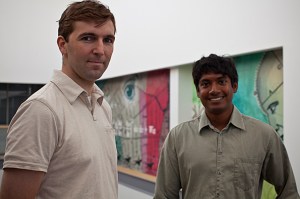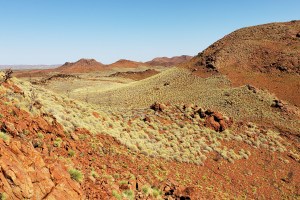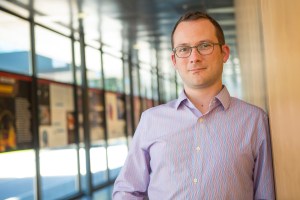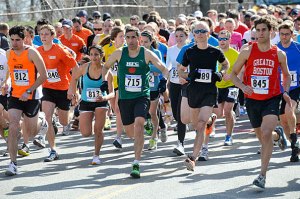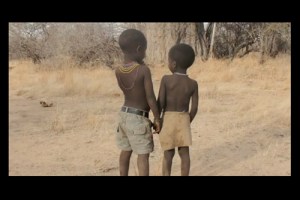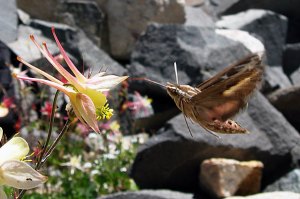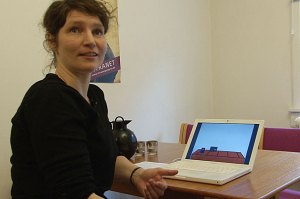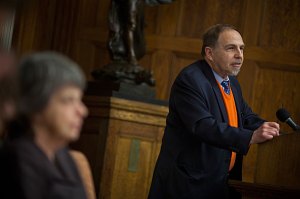Tag: University of California
-
Nation & World
Michigan, California speak from experience in briefs supporting Harvard
Schools have struggled to maintain campus diversity since bans on race-conscious admissions, say officials in briefs supporting Harvard.
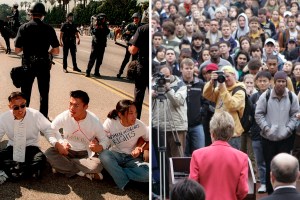
-
Science & Tech
The star chemist
Junior Fellow Mireille Kamariza is an award-winning scientist and entrepreneur, who was recognized for inventing a portable, low-cost diagnostic tool to detect tuberculosis.
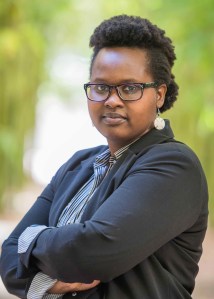
-
Nation & World
Power suits
Harvard President Drew Faust convened a panel of top female leaders in media, business, and government to talk about the evolving role of women, and the challenges as well as opportunities facing women today.
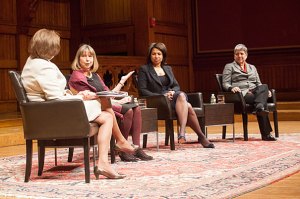
-
Campus & Community
Chu, Clair to lead Overseers
Morgan Chu, J.D. ’76, has been named president of the Board of Overseers for 2014-15. Walter Clair ’77, M.D. ’81, M.P.H. ’85, will serve as vice chair of the board’s executive committee.
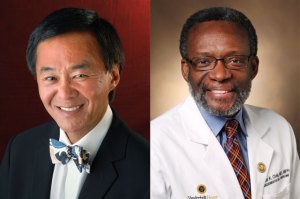
-
Science & Tech
Making labs greener
Changes in design and behavior are key to making labs more energy-efficient, said experts at a Harvard symposium.
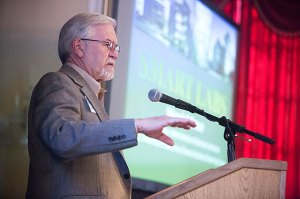
-
Nation & World
Kids, defined by income
Analysts discuss research and new strategies for overcoming the student achievement gap in schools with high poverty rates.
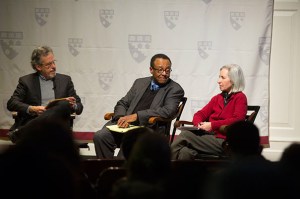
-
Health
Measuring life’s tugs and nudges
Harvard scientists have devised the first method to measure the push and pull of cells as embryonic tissue develops. The cells’ tiny forces are measured in 3-D tissues and living embryos.
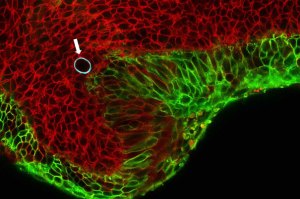
-
Health
A cross-country collaboration
Amy Wagers and Emmanuelle Passegué have found that cancer stem cells actively remodel the environment of bone marrow, where blood cells are formed, so that it is hospitable only to diseased cells. This finding could influence the effectiveness of bone marrow transplants.
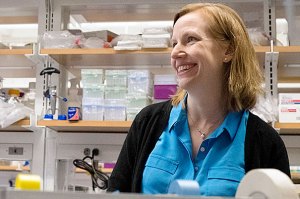
-
Campus & Community
Murnane named acting GSE dean
Richard J. Murnane, the Juliana W. and William Foss Thompson Professor of Education and Society at the Harvard Graduate School of Education (HGSE), will serve as acting dean of the HGSE, President Drew Faust announced May 9.
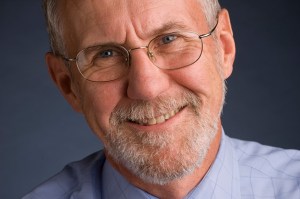
-
Campus & Community
Roth shares economics Nobel
Alvin E. Roth, an economist whose research as a member of Harvard Business School and the Faculty of Arts and Sciences improved the design and functioning of markets, has won the Sveriges Riksbank Prize in Economic Sciences in Memory of Alfred Nobel. He shares the prize with Lloyd S. Shapley, A.B. ’44, of the University…
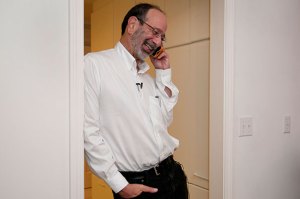
-
Nation & World
UC Berkeley joins edX
EdX, the online learning initiative founded by Harvard University and the Massachusetts Institute of Technology (MIT) and launched in May, announced today the addition of the University of California, Berkeley, to its platform.

-
Science & Tech
Self-assembly as a guide
Vinothan Manoharan, an assistant professor of chemical engineering and physics at the School of Engineering and Applied Sciences, wants to make self-assembly — when particles interact with one another and spontaneously arrange themselves into organized structures — happen in the laboratory to treat life-threatening diseases or manufacture useful objects.

-
Campus & Community
Political science, in his marrow
Using history as a lens to predict future political trends has been the focus of Daniel Ziblatt’s career and informs his work as an educator, researcher, and author.
-
Science & Tech
Physics at 2,500 feet
In 1934, a group of enterprising young Turks pooled their money and bought construction plans for a glider. Pioneers in the infancy of aviation, they built it by hand, out of wood and fabric, and when the time came for its maiden flight, they drew straws.
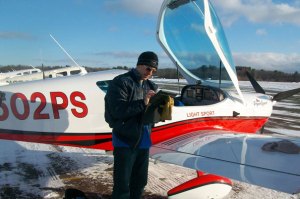
-
Health
Reaping benefits of exercise minus the sweat
A team led by researchers at Harvard-affiliated Dana-Farber Cancer Institute has isolated a natural hormone from muscle cells that triggers some of the key health benefits of exercise.
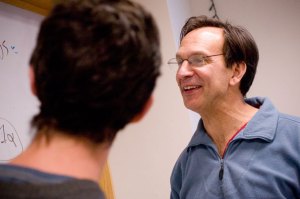
-
Arts & Culture
Using the bully pulpit
In his new memoir, former Harvard Medical School Dean Joseph Martin recalls a small-town childhood, an attraction to medicine, and the ups and downs of leadership.
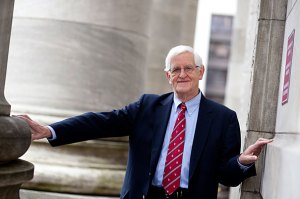
-
Health
New way to explore how life, disease work
Researchers have built a map that shows how thousands of proteins in a fruit fly cell communicate with each other. This is the largest and most detailed protein interaction map of a multicellular organism, demonstrating how approximately one-third of the proteins cooperate to keep life going.
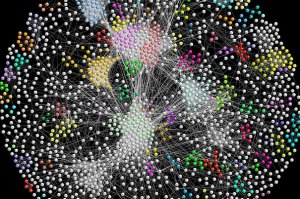
-
Arts & Culture
Creative opportunity
The tradition of visiting faculty at Harvard’s Department of Visual and Environmental Studies brings art and insight to the classroom.
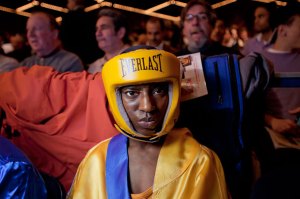
-
Health
Biology researcher’s on a roll
Florian Engert, a new professor of molecular and cellular biology in Harvard’s Bio Labs, works and plays hard.

-
Health
More from spores: How they spread
Researchers discover how fungi developed an aerodynamic way to reduce drag on their spores so as to spread them as high and as far as possible.
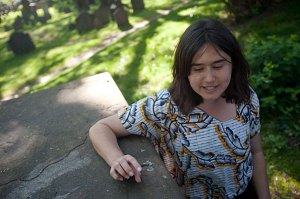
-
Arts & Culture
The soaring sounds of music
Harvard’s newest professor of composition explores the limits of musical expression with her works and hopes to steer students to their own musical voices.
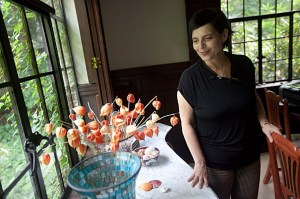
-
Science & Tech
Cracking flight’s mysteries
Harvard engineers have created a millionth-scale automobile differential to guide tiny aerial robots.
